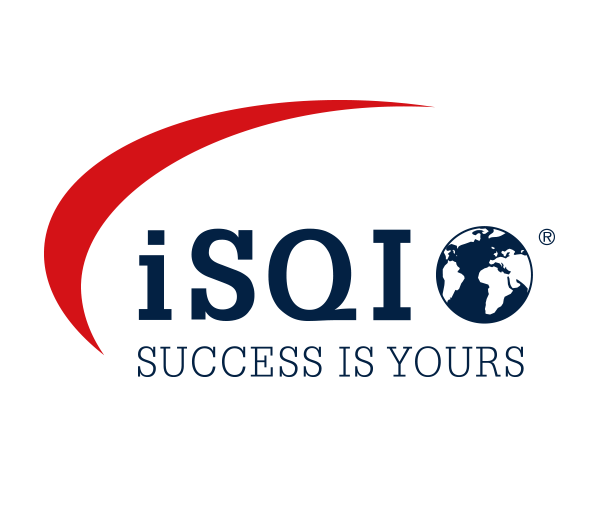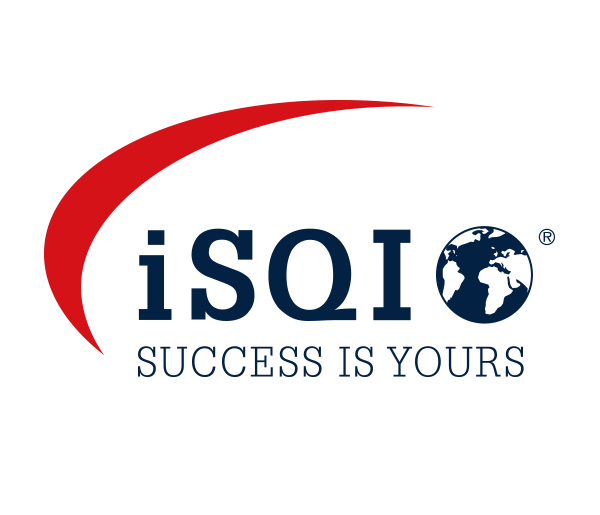Thanks to Agile and DevOps, we’ve seen a fundamental shift in how we approach quality and testing over the past few years. Today’s software development invites us on a journey where quality is no longer just a “final check,” but a core component from start to finish, woven through every phase of the process. Agile and DevOps have reshaped the development landscape – placing testing right at the center.
Quality as the Common Ground
In the past, testing was often done at the end of a project. Developers would write code, and then, maybe, the tester would get to it at the end. Sometimes that worked, but often issues were discovered too late, changes became costly, and confidence in the final product was... well, let's say, “a work in progress.” Agile and DevOps challenged this model radically. Suddenly, we’re prompted to make quality a priority not only at the end but throughout the entire process.
Agile has a strong argument for this: there’s simply no other way! But how do we approach it?
Testing as an Integral Process
In my view, it starts with a mindset shift: in an agile environment, testing isn’t a phase, it’s a way of thinking. There’s no isolated “testing phase” – each sprint, every iteration, integrates testing and quality activities. And it’s not just about finding bugs; it’s about continuously ensuring we’re on the right track. Testing is integrated into the development process from the start and ideally runs automatically, detecting faulty code or security issues before they even reach the next stage.
DevOps and the Seamless Integration of Quality
DevOps takes this a step further. With automated CI/CD pipelines (Continuous Integration, Continuous Delivery), tests are not only continuous but seamless. The goal? To ensure quality before the code goes live.
In high-performing DevOps teams, quality is ingrained in the mindset. It’s no longer about “fixing errors” but about “getting it right from the start.” Processes are designed with a clear objective: each step must be clean. Everyone on the team – from developers and testers to ops specialists – shares the responsibility for quality.
How to Start?
In my day-to-day work, I help companies get started on this path. And it begins quite simply: establish the basics (e.g., with ISTQB and A4Q) and, as a team, explore which quality activities can make a difference in each phase, from project concept to production and maintenance – and how impactful they can be. Then, tackle that backlog step by step. It’s not an easy path, but it’s a rewarding one!
It’s Been a Long Road
This revolution in testing is, at its core, a revolution in mindset: quality doesn’t have to be an afterthought but an integral part of the development process. Agile and DevOps have shown us that quality is not a state; it’s an attitude. By breaking down the walls between development, testing, and operations, we make room for a culture that prioritizes quality – strengthening the entire product in the end.
For me as a tester, it’s a little dream come true. 😊
Best,
Richie
Richard Seidl is a software testing expert, Agile Quality Coach, and author. He has seen all kinds of software in his career: good and bad, large and small, new and old. Software so beautiful it could make you cry and software so bad it curls your toes. For him, it’s clear: those who want to create excellent software today must think holistically about the development process. People, context, methods, and tools – only when everything works together does a mindset emerge for unleashing potential and driving innovation.








.png)

